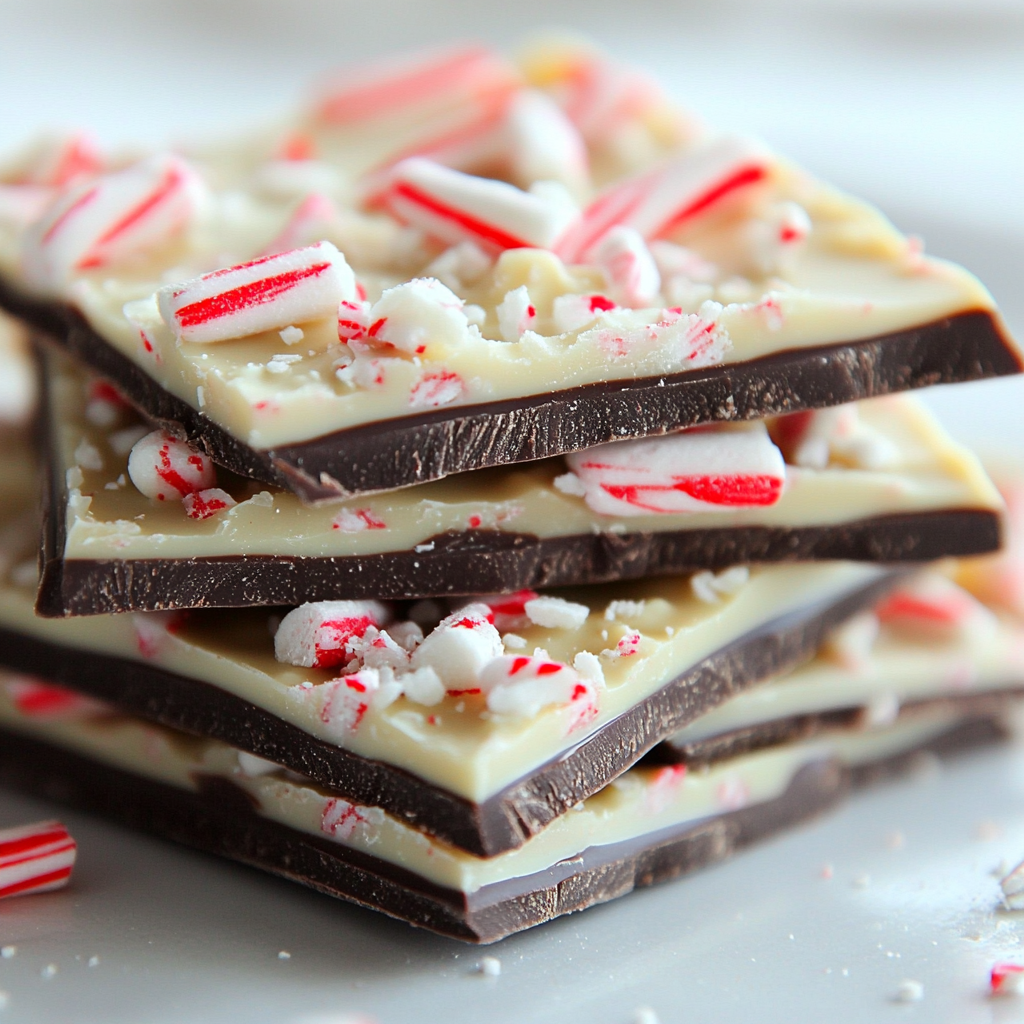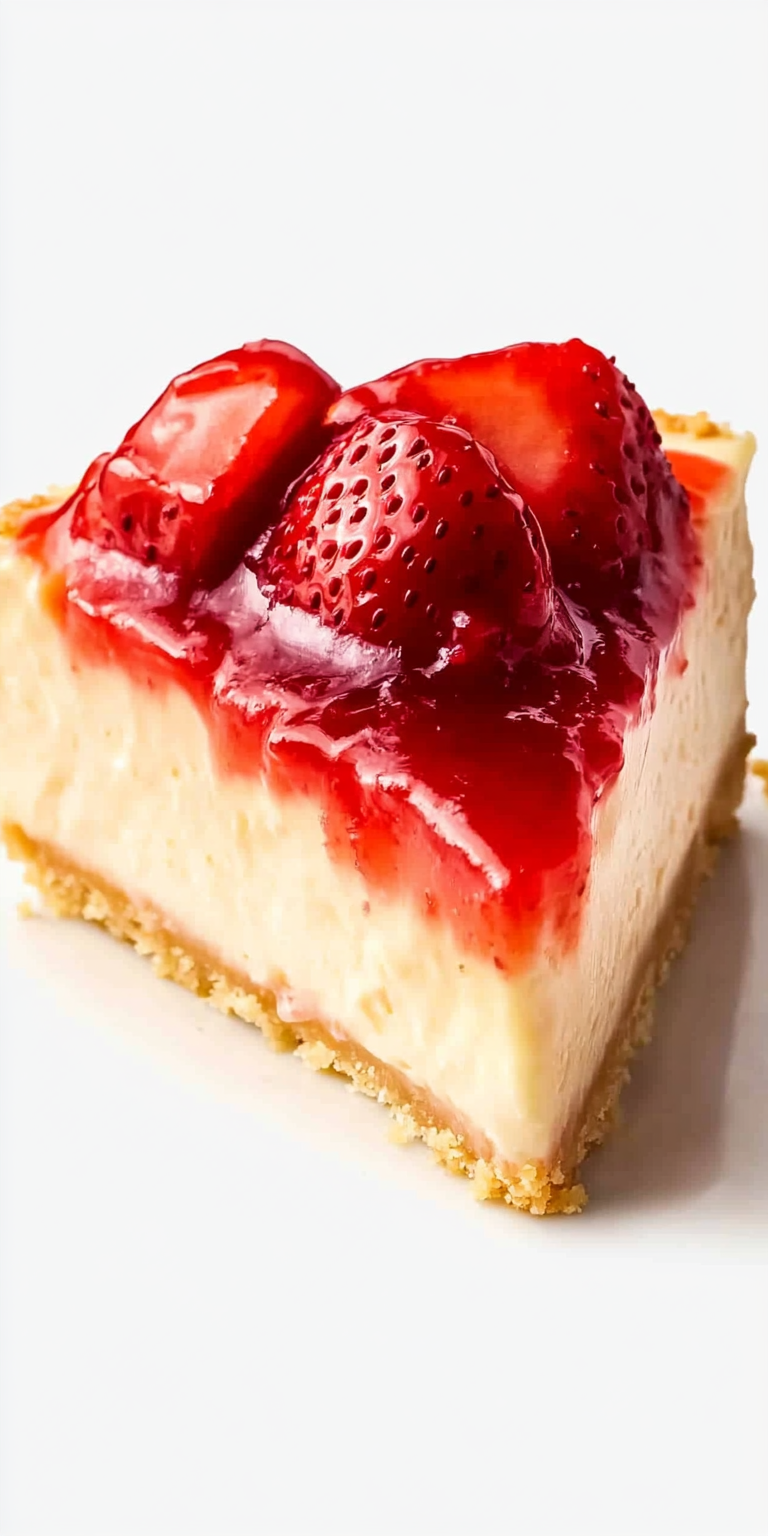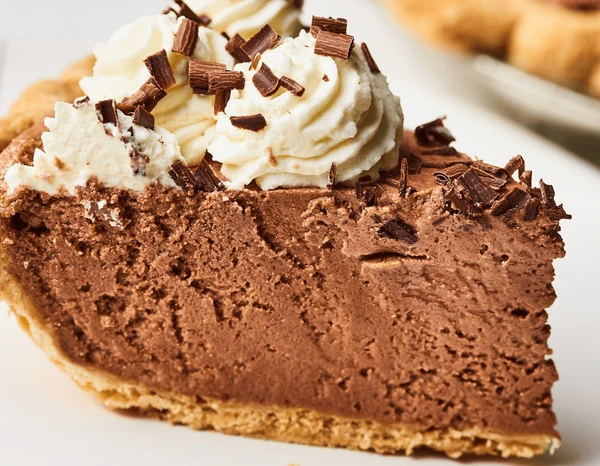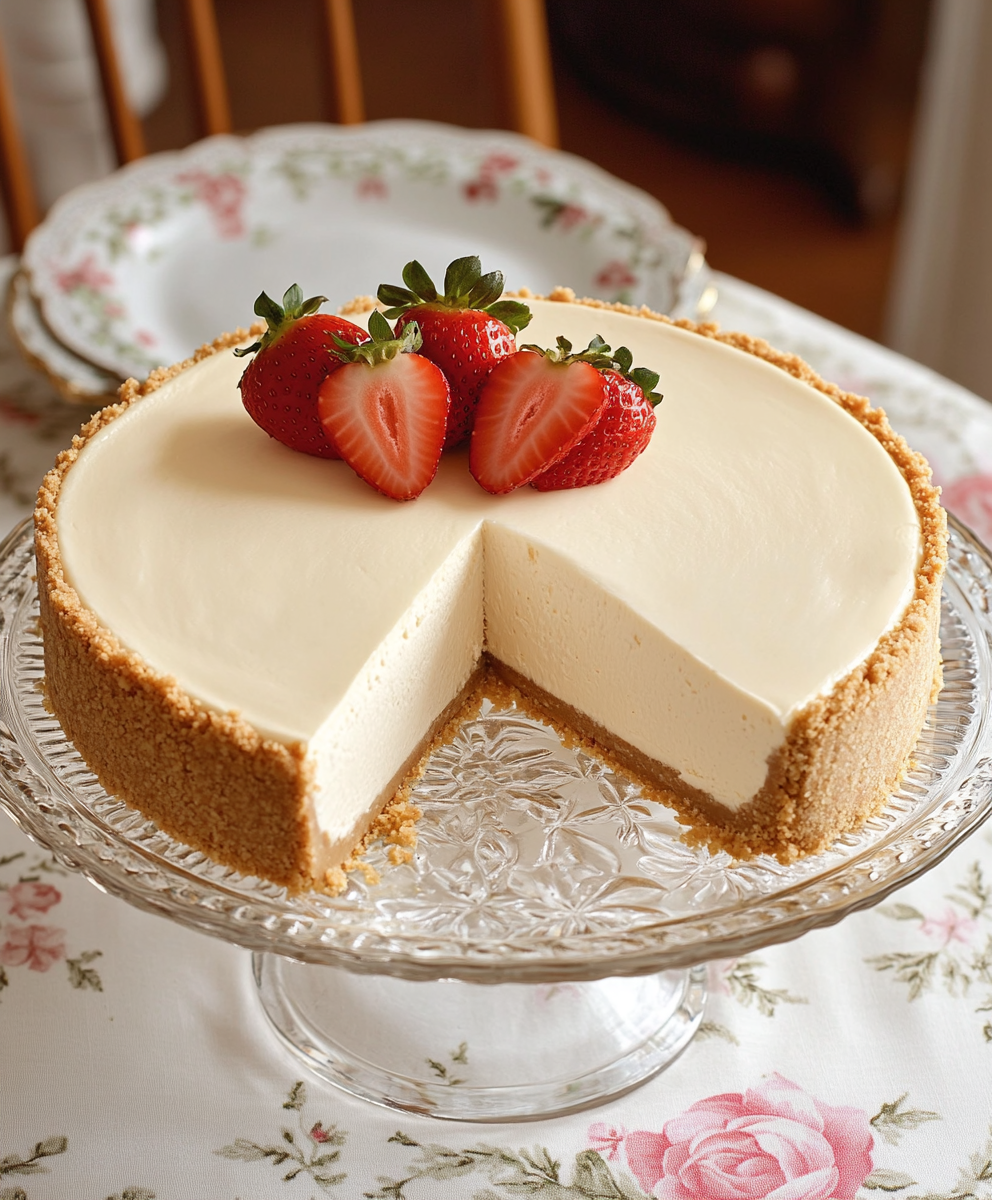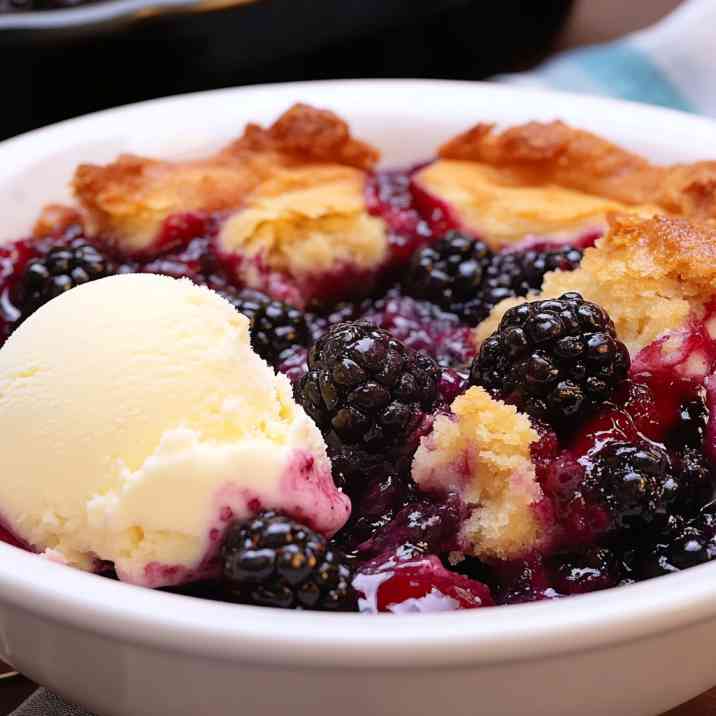Butter Cookies Recipe
These crisp butter cookies offer a perfect balance of rich, buttery flavor and delicate texture. The dough slices bake into golden-edged rounds that melt in your mouth.

Butter cookies are ideal for holidays or everyday treats. With just a few pantry staples, they come together quickly and yield a delightfully classic cookie.
The Butter Cookie Ingredient Lineup
Unsalted butter – The heart of the cookie, delivering richness and structure. Softened butter ensures a light, airy cream when mixed with sugar.
Sugar – Adds sweetness and encourages browning. A mix of granulated and sanding sugar creates contrast with soft centers and crunchy edges.
Egg yolks – Provide tenderness and help emulsify the dough for a melt-in-your-mouth consistency.
All-purpose flour – The base that holds everything together. It must be measured correctly for a balanced, tender dough.
Vanilla extract – Deepens the cookie’s flavor. Choose a high-quality vanilla to enhance the buttery richness.
Salt – Balances sweetness and brings out the flavors of butter and vanilla.
Steps to Crisp Perfection: Making Butter Cookies
The butter, sugar, and salt are creamed to an airy texture. Egg yolks and vanilla deepen flavor before flour forms the soft dough.
After chilling in a log shape, the dough is rolled in sugar, sliced, and baked. Each cookie emerges lightly golden with a classic crunch.
Butter Cookie Tips Worth Knowing
For crisper butter cookies, leave the baking tray in the oven after turning it off, with the door slightly ajar. This gently dehydrates the cookies, enhancing that nostalgic tin-cookie crunch. Using sanding sugar is optional, but adds a beautiful sparkle and texture. For holiday cut-outs, chill the dough flat, roll it to ¼-inch, and bake your favorite shapes.
How to Store Butter Cookie Leftovers
Store butter cookies in an airtight container at room temperature for up to 1 week. For longer storage, freeze them in a single layer, then transfer to a zip-top bag. Thaw at room temperature for 10–15 minutes before enjoying. Avoid refrigerating baked cookies as it can alter their texture.
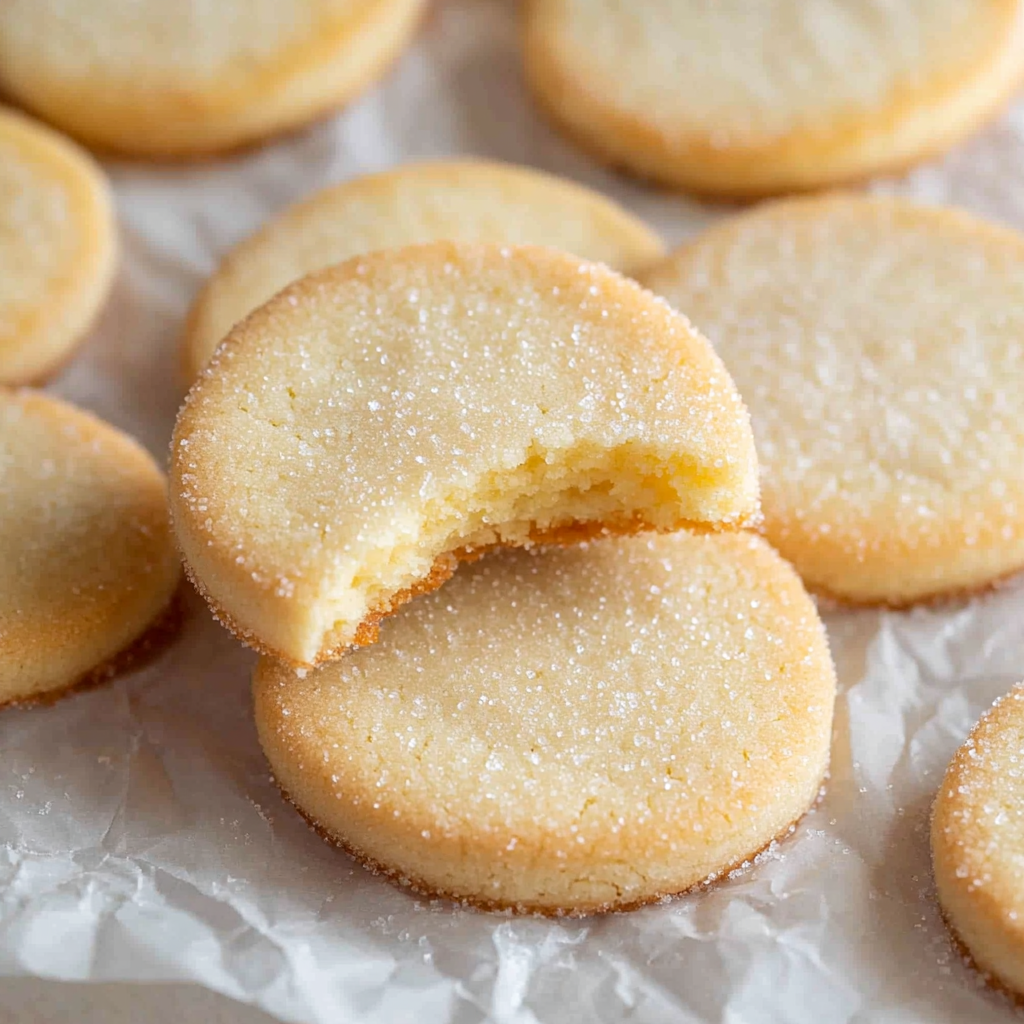
Frequently Asked Questions
Can I use salted butter instead of unsalted?
Yes, but reduce the added salt by half to balance flavors.
How can I make the cookies more flavorful?
Use European-style butter and real vanilla extract for richer taste.
Can I skip the sanding sugar?
Absolutely. Substitute with granulated sugar or omit it altogether for a simpler cookie.
Why is my dough too soft to slice?
Make sure to chill the dough thoroughly—at least an hour, or overnight for best results.

Butter Cookies
Ingredients
- 2 tsp vanilla extract 5mL
- 1/3 cup sanding sugar
- 1/2 cup granulated sugar 100g
- 1/2 tsp salt 3g
- 2 egg yolks
- 1 cup unsalted butter 227g
- 2 cups all-purpose flour 240g
Instructions
- In the bowl of a stand mixer fitted with a paddle attachment, combine the butter, salt, and sugar, creaming them together until the mixture becomes light and airy.
- Introduce the egg yolks to the mixture, continuing to blend while occasionally scraping down the sides of the bowl.
- Add the vanilla extract and mix until well incorporated.
- Gradually incorporate the flour, mixing just until the dough comes together without overworking.
- Shape the dough into a cylindrical log, then enclose it in parchment paper or plastic wrap. Refrigerate for a minimum of one hour; using an empty cardboard paper towel roll can help maintain the log’s shape.
- Once the dough has chilled, scatter the sanding sugar onto a clean work surface. Roll the dough log in the sugar until the exterior is evenly coated.
- Slice the log into uniform rounds using a sharp knife.
- Arrange the cookies on a baking sheet lined with parchment paper, spacing them evenly.
- Bake at 350°F (175°C) for 10–12 minutes, or until the edges begin to take on a light golden hue.
Notes
Sanding sugar adds a delightful crunch but may be substituted with regular sugar or omitted altogether.
To achieve an extra crisp finish, leave the cookies on the baking sheet in the turned-off oven with the door ajar after baking.
For cut-out variations, form the dough into a flat disk, wrap and chill, then roll to 1/4 inch thickness, cut shapes, and bake.
Opt for high-quality vanilla extract to enhance the cookie’s signature flavor—avoid artificial alternatives.

